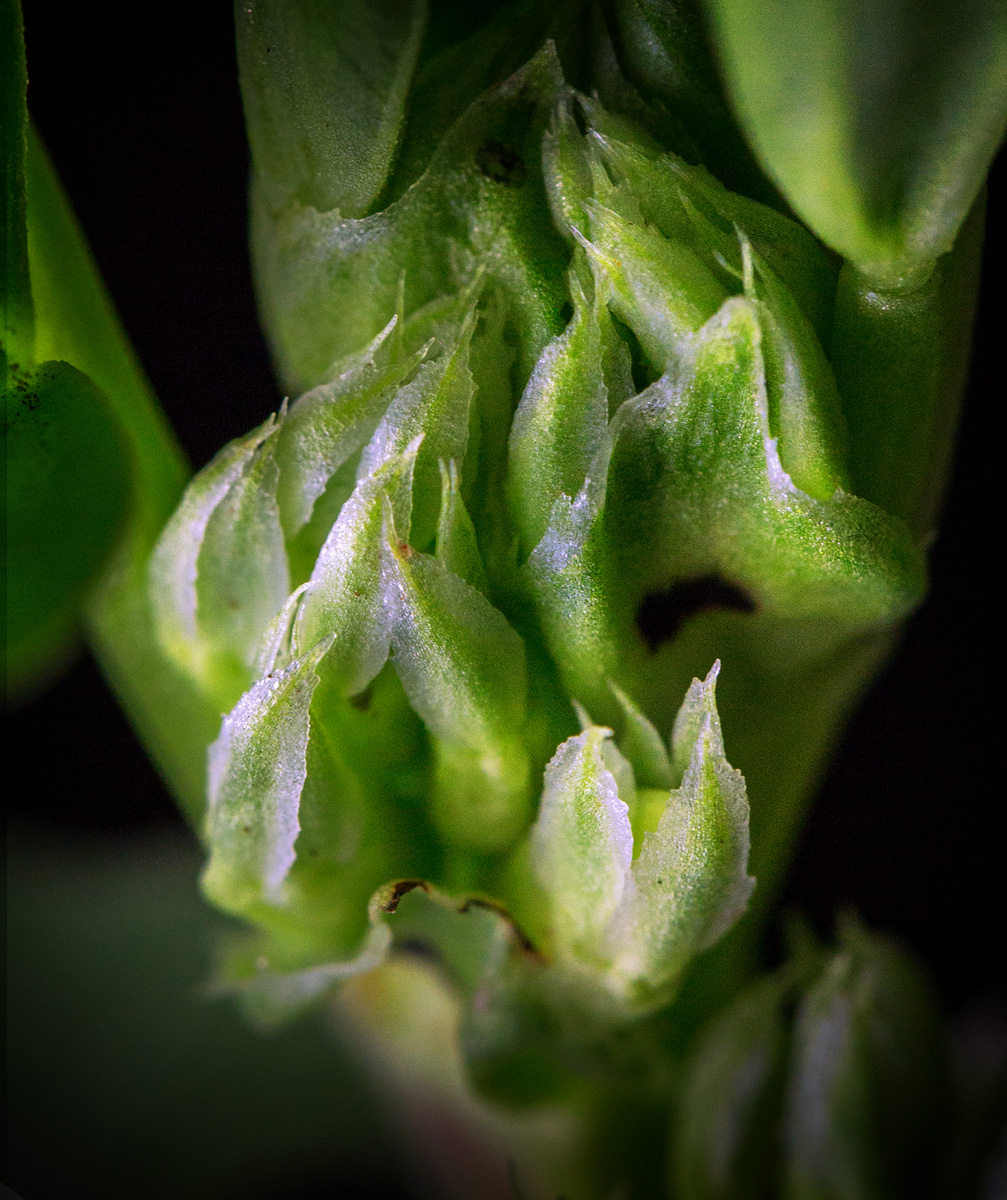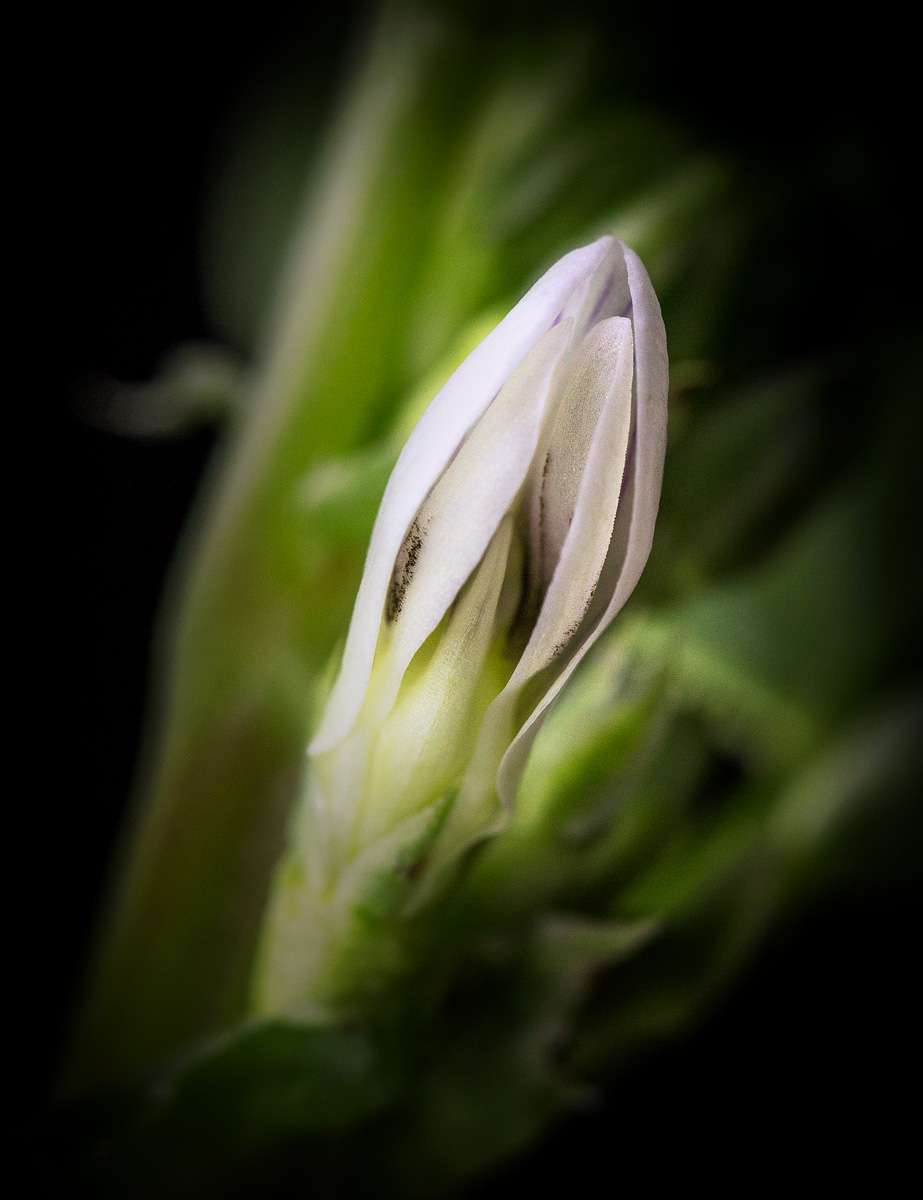Fava beans are beautiful, edible, and beneficial legumes that most vineyards include among their many cover crops. The plant makes many important contributions to the health of a vineyard, but, most importantly, it improves the quality of the soil by adding more nitrogen.
Legumes are nitrogen-fixing plants, which means their roots contain nodules that house bacteria which produce the element as a by-product. Just like the bacteria in the sweet pea, this bacteria captures inert nitrogen from the atmosphere and turns it into ammonia – a biologically useful form of nitrogen.

These plants tend to grow quickly and produce a significant amount of green matter. During dormancy, the grape vines take up very little nitrogen, but after bud break, their need for nitrogen increases, so the cover crop is mowed or tilled. The plants then begin to decompose and release their nitrogen back into the soil. Accessible nitrogen is crucial to the grape vine’s health, and this process also helps improve the general texture of the soil. Sustainable practices such as this help grape farmers avoid the use of synthetic nitrogen fertilizers.
Since fava beans require very little water, they happily thrive in even shady conditions, which makes them reliable and easy to grow and manage. Their scent attracts predatory wasps and lady beetles, just two of the many beneficial insects which keep the vineyard safe from the damaging impact of other insects. Oh, and they are delicious, too – if you’re willing to put in a little prep work in the kitchen!

